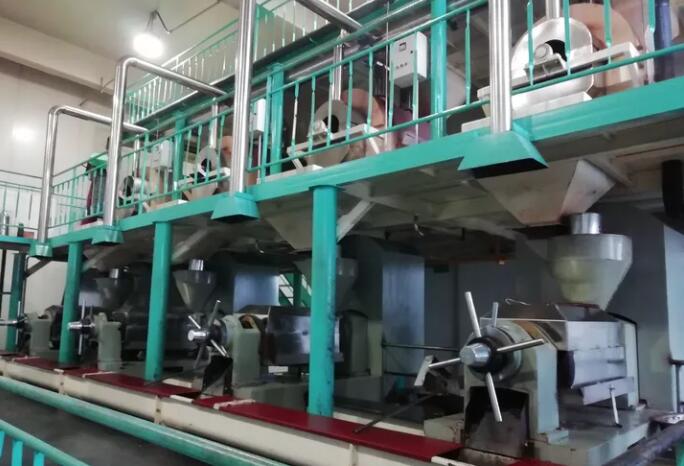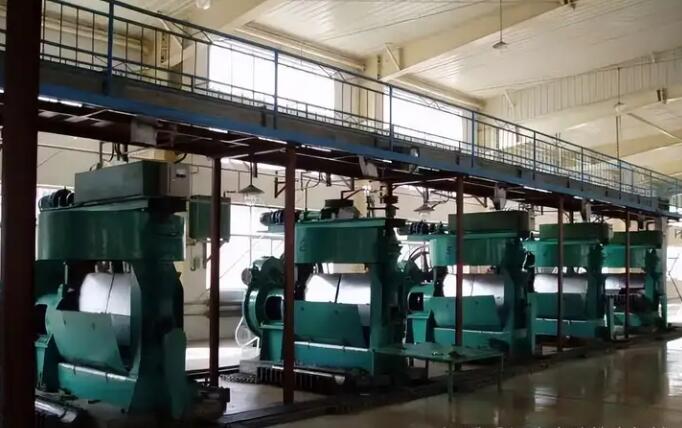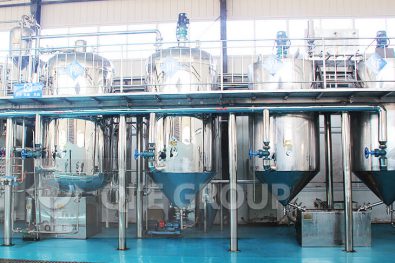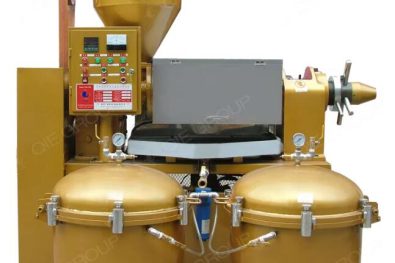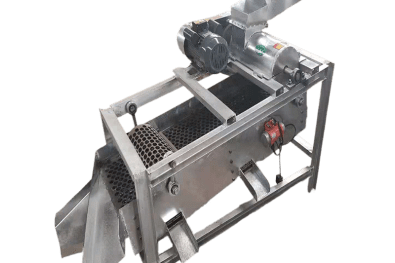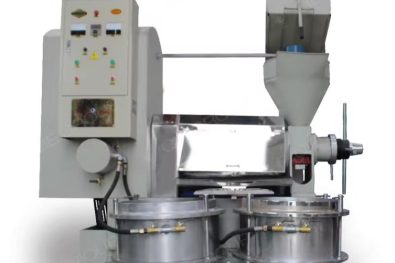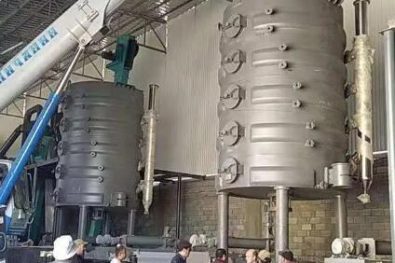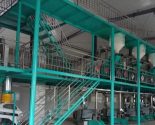The effect of pressing temperature on oil quality is mainly reflected in the following aspects:
1. Oxidation stability: Higher pressing temperature may accelerate the oxidation process of oil, reduce the oxidation stability of oil, and make it more likely to deteriorate.
2. Color and odor: High temperature pressing may cause the color of oil to darken and produce bad odor.
3. Nutrients: Some nutrients may be destroyed at high temperature, reducing the nutritional value of oil.
4. Impurity content: Too high pressing temperature may make some impurities more easily dissolved in oil, affecting the purity of oil.
In order to obtain high-quality oil, it is necessary to select the appropriate pressing temperature according to different oils and pressing equipment. Generally speaking, lower pressing temperature helps to maintain the quality of oil, but it also needs to balance between oil yield and production efficiency. In addition, other factors such as pressing time and pressure will also affect the quality of oil.
Selecting the appropriate pressing temperature requires considering multiple factors. Here are some suggestions:
1. Oil characteristics: Different oils may have different requirements for pressing temperature. Some oils may require higher temperatures to increase oil yield, while others may be more sensitive to temperature and require lower temperatures.
2. Pressing equipment: Different pressing equipment has different characteristics and applicable temperature ranges. Understand the technical requirements and recommended operating temperatures of the pressing equipment you use.
3. Oil yield and quality requirements: Based on your requirements for oil yield and oil quality, weigh the impact of temperature on both. Higher temperatures may increase oil yield, but may have a certain impact on oil quality.
4. Experimentation and experience: Conduct small-scale experiments, gradually adjust the pressing temperature, and observe the impact on oil yield and oil quality. Determine the most suitable pressing temperature range based on actual experience and experimental results.
5. Reference industry standards and expert opinions: Refer to relevant industry standards and expert advice to understand the common pressing temperature range for specific oils.
It should be noted that the selection of pressing temperature may require a certain amount of experimentation and optimization process to find the best balance. At the same time, other factors such as oil pretreatment, pressing time, pressure, etc. should also be considered comprehensively to ensure high-quality oils.

